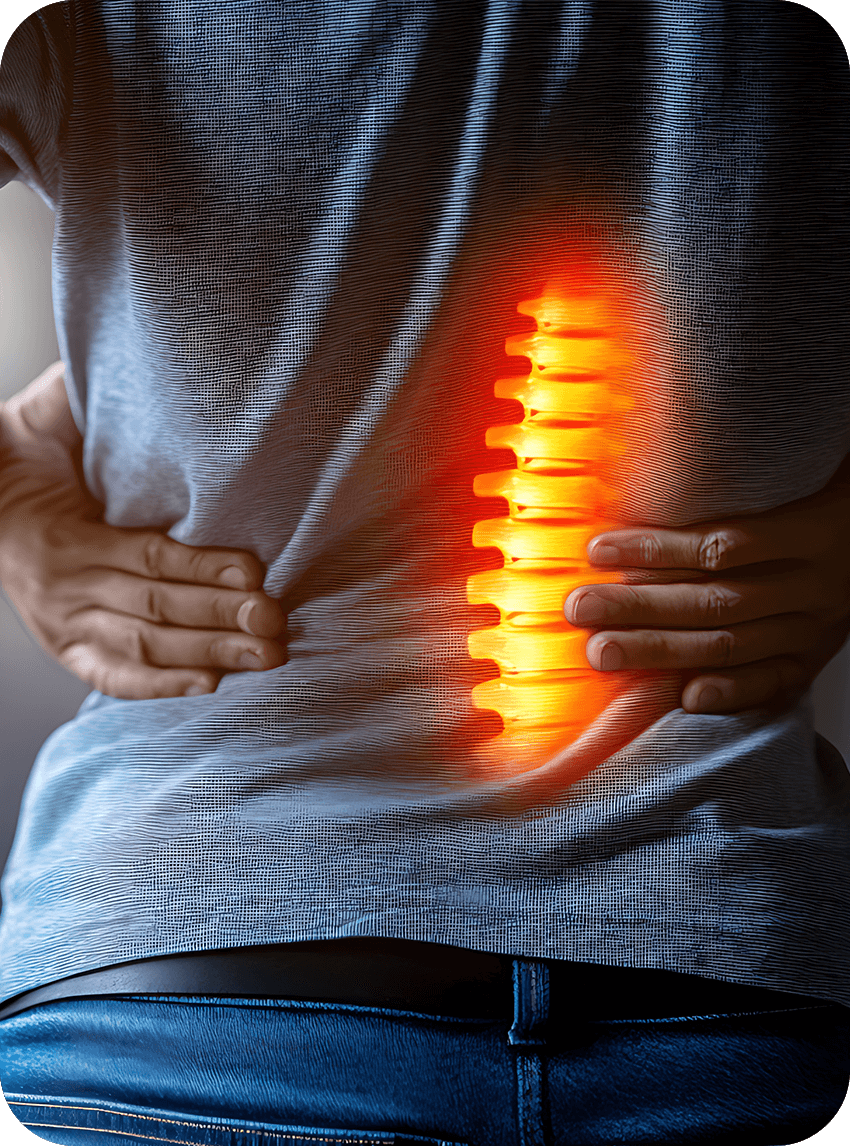Spinal Stenosis
The spine is made up of bones (vertebrae), discs, and nerves. Normally, there is enough space within the spinal canal for the spinal cord and nerves to move freely. In spinal stenosis, this space becomes narrowed due to changes in the bones, discs, or ligaments.
This compression can irritate or pinch nerves, leading to symptoms that affect mobility and quality of life. Spinal stenosis is most common in the lumbar (lower back) and cervical (neck) regions, though it can occur anywhere along the spine.
Several factors may contribute to spinal stenosis:
-
Arthritis and aging – the most common cause, as wear and tear lead to bone spurs and thickened ligaments
-
Herniated discs – displaced disc material can push into the spinal canal
-
Degenerative Disc Disease – narrowing caused by collapsed discs
-
Injury or trauma – fractures or dislocations of the spine
-
Congenital factors – some individuals are born with a naturally narrow spinal canal
-
Tumors or growths – rare, but can press on the spinal cord or nerves
Spinal stenosis may progress slowly and symptoms can vary depending on the location and severity:
-
Lumbar (lower back) stenosis:
-
Pain, tingling, or numbness in the legs or buttocks
-
Weakness that may affect walking or standing for long periods
-
Relief when leaning forward or sitting
-
-
Cervical (neck) stenosis:
-
Neck pain and stiffness
-
Numbness or weakness in the arms, hands, or legs
-
Problems with balance or coordination in more advanced cases
-
Steroid injections into the epidural space around the spinal cord can relieve inflammation and provide pain relief for weeks or months. Learn more about Epidural Steroid Injections.
For pain linked to arthritic changes in the spine, RFA can disrupt pain signals for longer-term relief. Learn more about Radiofrequency Ablation (RFA).
Targeted injections can calm irritated nerves and reduce radiating pain in the legs or arms. Learn more about nerve blocks.

